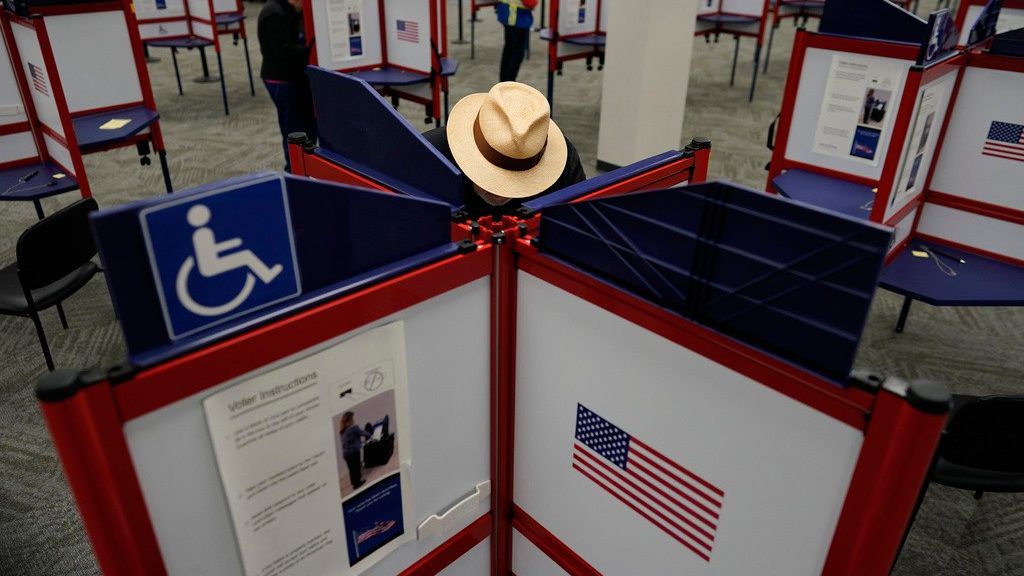Election Day is nearly here, and when voters head to the ballots, they may notice fewer choices than usual.
Since 2020, third-party candidates have had a difficult time appearing on the ballot, and those changes are now being felt on the national level too.
Third-party candidates have always played a role in presidential elections, but the nation’s “two-party” system is often an impossible hurdle to climb.
What You Need To Know
- When voters head to the ballots Tuesday for Election Day, they may notice fewer choices than usual
- Third-party candidates have had a difficult time appearing on the ballot over recent years, and those changes are now being felt on the national level, too
- Since 2020, the number of third parties that can appear on the ballot has dropped from six to two, effectively eliminating the Green, Libertarian and Independence parties from the ballots
Since 1900, only five third-party candidates have captured at least one electoral vote, one of those being George Wallace in 1968.
"The Electoral College system really makes it so that any vote not for one of the two major parties, you're running the risk of sort of throwing your vote away on a candidate that isn't going to win. And if everyone sort of follows that logic, then it really becomes difficult for anyone but the two major parties to have a real shot," said Jonathan Parent, associate professor of political science at Le Moyne College.
That impact is now being felt on the local level as well across New York state. Since 2020, the number of third parties that can appear on the ballot has dropped from six to two.
The change effectively eliminated the Green, Libertarian and Independence parties from the ballots, leaving the Democratic, Republican, Working Families and Conservative parties on the ballot.
But that’s not the only challenge.
"The signature requirements are a lot higher than they used to be, and the vote totals for president and governor in order to stay on the ballot have also gone up quite a bit. And so really in the last four, three or four years, New York state's made it quite a bit harder for third parties to get on the ballot in the first place,” said Parent.
Statewide third party candidates need 45,000 signatures on a petition to get on the ballot — triple the previous requirement. The highest statewide candidate must get 130,000 votes or 2% of votes cast to maintain ballot status for the next two years. Parties must also qualify every two years instead of four. But despite these challenges, roughly half of Americans believe a third party is needed, according to a Pew Research Center study.
"I think a lot of that has to do with most people's expectations that the 2024 election is really going to be a rematch between two pretty unpopular candidates, Trump and Biden. And I think that's just really making people anxious to look around for sort of another third option," said Parent.
Ross Perot was the first third-party candidate to participate in a televised debate with the two major candidates.
At this point, though, Robert Kennedy is not expected to be invited to any future debates.
Locally, in Broome County, District Attorney Mike Korchak lost his Republican primary in 2019, only to run as a Libertarian and win in the general election. But after losing the primary this year, he no longer had that option.




